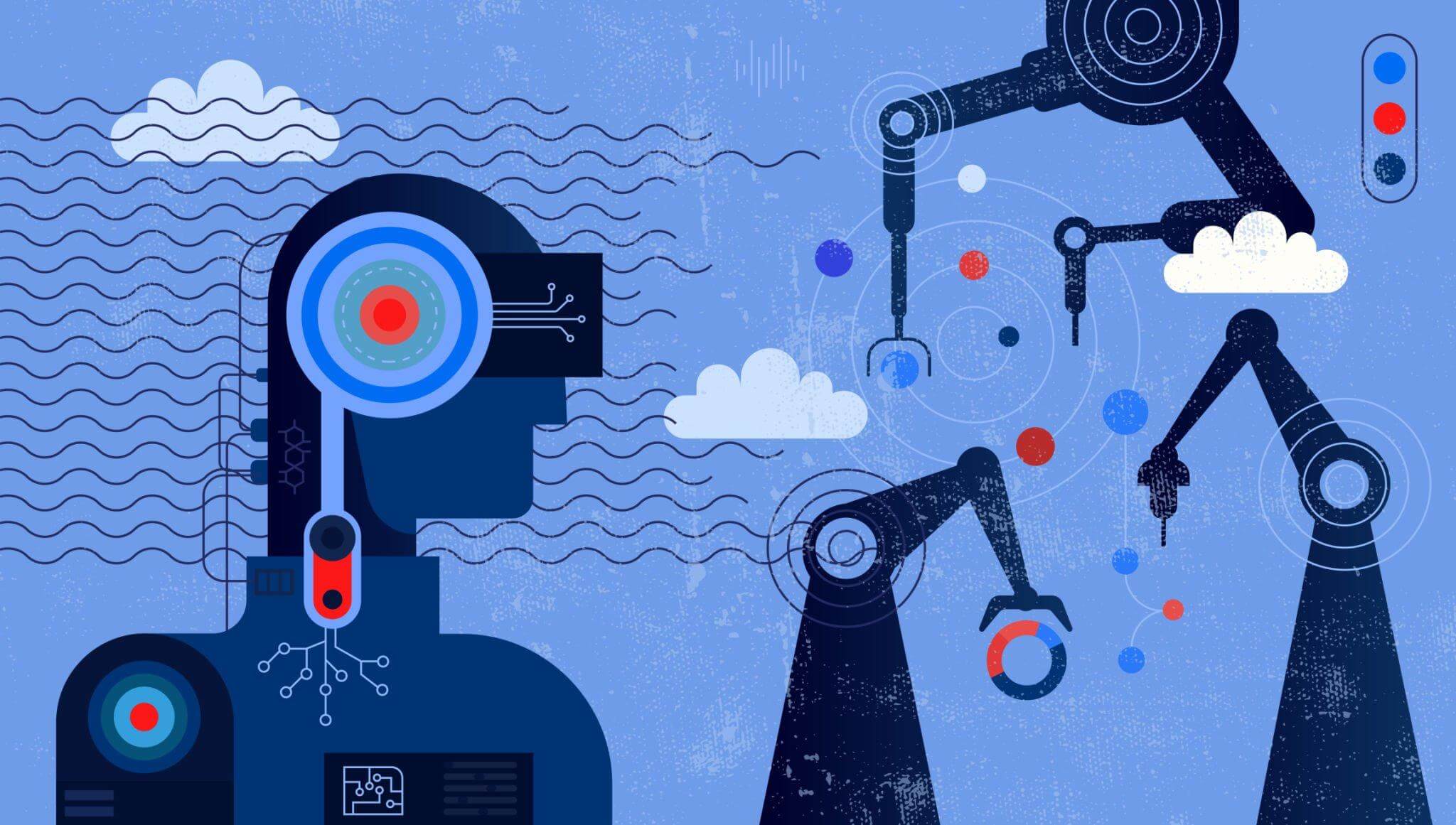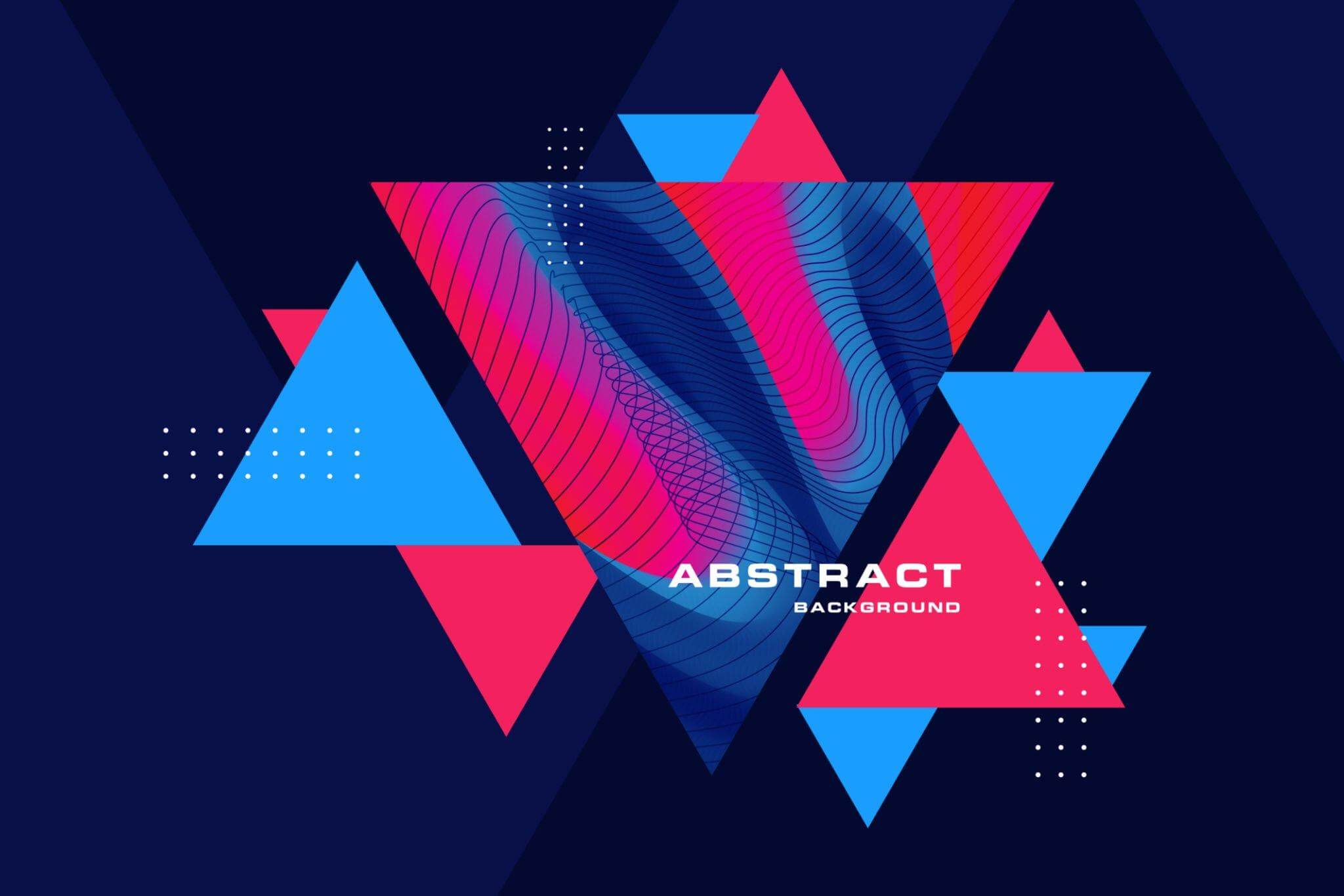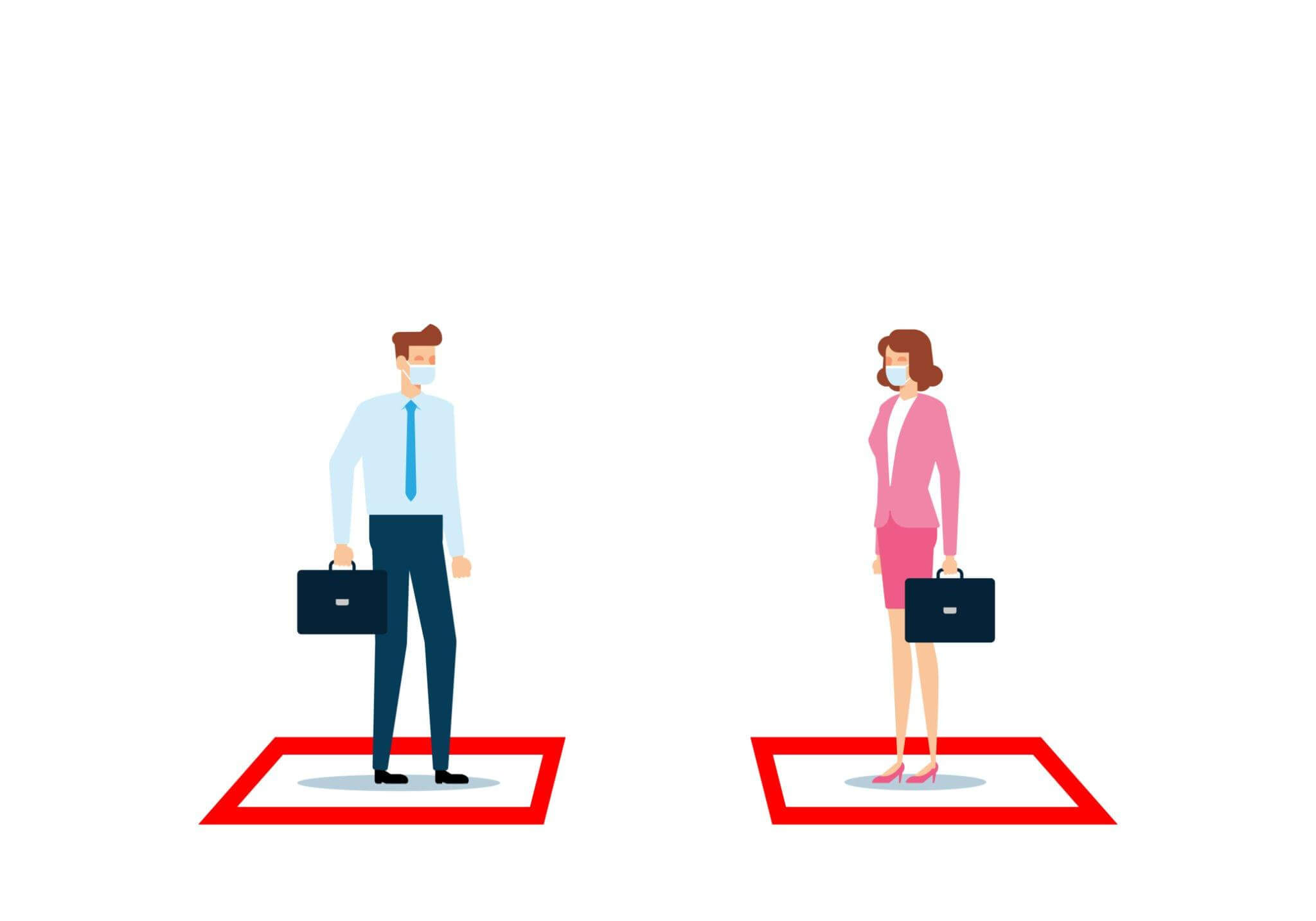Animation is the process of making visual elements move. The method of giving objects and characters in a two-dimensional space the appearance of movement is known as 2D animation. Conventional 2D animation was created by hand, but it is now also possible to create it using a computer.
Characters and objects move around a three-dimensional environment in 3D animation, whereas 2D animation can only move up, down, left, and right, giving the impression of length and width but not depth.
The creation of 2D animation calls for a lot of creativity, a particular set of abilities, and specialized equipment. Even if you are just getting started, the article will provide you with all the information on what is the 2d animation and does a 2d animator do, to comprehend the creation of 2D animation. Let’s start now!
What Sets 2d Different From Stop-motion Animation?

It may sound like stop-motion animation, which is exactly what this method of frame-by-frame work is like. Thus, how do they differ?
The fundamentals of animation will be used in stop-motion videos. Stop-motion involves taking images of a scene and inanimate items, making little adjustments to the objects, and then taking another picture. This succession of still images of lifeless objects will likewise appear to have “motion,” just like 2D animation.
The usage of 3D Models in stop-motion productions, perhaps best illustrated by Tim Burton and his feature films, means that stop-motion and 2D are not always synonymous.
What Is 2d Animation Used For?
Cartoons and animated films frequently use 2D animation, which has been around since the 1800s. Unlike 3D animation, all of the characters, storyboards, and environments in 2d animation companies use some kind of sequential images or objects to provide the impression of movement.
What Are The 3 Stages Of 2d Animation?

There are three key stages to the process: pre-production, production, and post-production. Let’s look at what 2d digital animation phases are contained in each of them.
Pre-production
The work completed before the start of any animation in the 2D style is referred to as the pre-production phase. Making the plan and gathering the resources you’ll need for the production phase is part of this phase.
There are several broad elements that every pre-production process should address, even though some studios or individuals may label or structure their process with small variations. They include storyboarding, character and environment design, audio recording and animatics (if applicable), color styling, and script or screenplay writing.
Screenplay Or Script
Regardless of whether you are doing an animation for a movie, television show, or even a commercial, you will need a plan for what will happen during the animation. The written version of your project is essentially a screenplay, which contains information on the plot, locations, conversation, and even sound effects.
Storyboarding

The storyboard you create will then be aided by the script. This script must be transformed into a visual representation of what is 2d animation video finally looks like by a specialized role (a storyboard artist). Characters, scenes, speech, and sound effects are noted in addition to a simple graphic sequence that gives a general summary of the finished animation.
Design Of Environment And Characters
When making animation, it’s critical to have a unified visual aesthetic. It could interfere with the enjoyment of watching if characters do not appear to have been produced by the same creator or if they seem odd against particular surroundings (although this can be an artistic choice). Artists decide how characters, backdrops, and other environmental props will look during the character and environment design process, which frequently happens concurrently with or before the storyboarding phase.
Before settling on their ultimate appearance, your favorite cartoon characters are likely through a few design iterations. Artists are given space during this pre-production phase to experiment with several concepts before settling on a design that will be put through a lengthy production process.
Style In Color

Upon completion of the black and white designs, the models can be given to color stylists who assist in choosing the colors that will be utilized during the animation. Certain color schemes may be desired by some productions, and these will be highlighted during this phase.
Audio recording and animatics may not be necessary for all projects. The actors record their lines for dialogue that is written in the script during audio recording, as you might anticipate. Also, at this time, some sound effects might be recorded. An animatic is then produced by combining the audio recordings, a storyboard, and other materials.
As the relevant voices and sound effects are played over the various frames of the storyboard, it creates the illusion of a slideshow, giving the team an idea of what the finished product would look like.
Moreover, dialogue and other noises may be clearly defined so that animators will know how to make 2d animation characters and depict other activities. One method animators have used to record all the components that make up a scene is an exposure sheet. This enables them to keep track of details such as how the camera is supposed to move, what dialogue is present, what sound effects are required, etc.
Production
Depending on the studio and how technology develops, several pre-production stages might be included in the production process. As sound cartoons (basically animated videos with sound) proliferated, various animation workflows took voiceover and audio recording into consideration during the production and even post-production stages.
After the pre-production process, the animation production process is rather simple, with well-defined roles and objectives that must be met. While various processes differentiate contemporary digital animation projects from traditional hand-drawn animation, they both still use the same principles of animation.
Background Layout and Posing, Animation, Compositing, and Rendering are what you may anticipate from the production phase of an animated project.
Setup of the Backdrop and Posing

Someone on the production team will set up the scene’s surroundings and arrange the characters in crucial storyboard-approved positions for this step. Characters can now be animated by animators by drawing their subsequent actions after they have been posted.
Backstory Hue And Artwork
Making ensuring the environments are properly colored by the style guide is a necessary step in establishing the environments in animation. The person in charge of this may not be the same as the person posing and setting up the background.
Animation
There are several distinct teams of animators that you can use, depending on the size of your production team. Large studios may employ Key Animators, a senior position in charge of composition and the primary color guidelines for animation production.
Being the start and finish of an action, they are also in charge of designing the frames with the characters in their most “key” stances (these are referred to as a keyframe). Afterward, a different animator will create the in-between frames to finish the animation’s look.
Inking And Painting After Cleanup
The animator will frequently finish the process with harsher lines most of the time, and then a clean-up artist will enter to make sure everything is tidy. An artist may also be an inker or painter, whose job is to ensure that all drawings are neatly finished and given the appropriate color. The duration of this stage of production may be the longest.
Compositing

The final frames will be assembled by a compositor using components from the various production and pre-production stages. A compositor may add special effects, highlights, and shadows to the cleaned-up and colored drawings to create the final frames.
The same animation project may be being worked on by numerous artists simultaneously. Any minor discrepancies will be equally balanced by the compositor. Because of this, cartoon characters can continue to have the same appearance and animation design even though they are created by numerous different artists.
Render
All of this work needs to be rendered to produce the movie or animation after the final frames have been selected. Your chosen software application will take care of this, formatting the series of photos made during production into a video.
Post-production
In post-production, you’ll add visual effects, fix colors, make sure that all the tweens are in place to provide seamless transitions between keyframes, and apply the finishing touches.
The audio parts need to be worked on, dialogue has to be synced, narration needs to be recorded (if necessary), and the soundtrack needs to be overlaid now that the images are finished. You can use audio editing software like Audacity or Apple GarageBand, which is free and included with every Mac. With SoundsCrate, there is a tonne of alternatives for pre-recorded sound effects.
The sound mix combines dialogue, narration, music, foley, sound effects, and sound effects (SFX). Here, you can be creative by adjusting the visuals to the sounds in the following ways:
- Matching the music to the action’s pulses
- Using SFX to create a dramatic or hilarious effect
- Playing with the volume
- Changing the dialogue’s pitch
- Making use of background noise, etc.
- Adding all the sounds together in a mix enhances and enhances the images.
When the animation’s audio-visual components are finished, they are produced into a final file. You are functioning like a Compositor at this point. To produce a completely functional animation, the render requires that all of the file types be compatible.
It’s time to kick back, unwind, and enjoy your 2D animation’s completion!
You will improve as you practice more since practice leads to learning. Even while you may later view your initial effort as crude and unpolished, it was eventually the first indication of how much you loved 2D animation. It serves as your entry point. Also, everyone must begin somewhere.
What Makes 2d Animation Unique?

The practice of generating motion in a two-dimensional space is known as 2D animation. There are also backdrops, characters, animals, and special effects. When several drawings are sequenced together over time, the appearance of motion is produced. There are typically 24 frames in one second.
It is commonly referred to as “more sophisticated Motion Design” since a large portion of its language is based on the intentional way that Motion Design combines abstract elements and transitions to convey a story. The use of characters in 2D animation is one factor that increases its complexity.
Types And Methods Of 2d Animation
Stop-motion Cartoons: In stop-motion animation, the illusion of movement is produced by physically moving items in front of the camera. This method can be applied to both live-action and computer-generated animations, and it’s frequently utilized in video games, television, and video animation company. The cartoony technique used frequently in kid’s programming is a typical example of stop-motion animation.
Animation Frame-by-frame: When creating an animation frame-by-frame, each frame is drawn separately but in succession as opposed to individually. The illusion of motion is then produced by quickly playing back each frame one after the other. Complex animations with plenty of moving pieces are frequently made using this technique.
Cartoon Cutouts: To give the appearance of movement, cutout animation entails carefully removing and replacing certain parts of an animated character or object. This method is frequently employed in cartoons and animated movies because it gives animators a great deal of control over the size, color, and shape of their characters.
Rotoscoping: A live-action film or frame is traced over using the animation process known as rotoscoping to produce an animated version of it. Both more stylistic animation effects and realistic movement can be simulated using this method. Early cinematic animation films, which layered hand-drawn characters over real-world action, are a good example of rotoscoping.
Digital Animation: Computer animation is turning hand-drawn or 3D models into digital counterparts and altering them there to produce the required movement and appearance. Because it provides such much flexibility and intricacy in the animation process, this approach is frequently utilized in sophisticated video games and animated movies.

What Are The Advantages Of 2d Animation?
The scalability and distribution ease of 2D animation make it the most popular choice for branding and marketing. When compared to 3D animation services, the key advantages of 2D animated videos are:
- 2d Animated Movies Are Economical
Typically, animated marketing videos cost between $15,000 and $35,000. Because they are simpler to construct than 3D animations, 2D animations are frequently less expensive.
The complexity of the animation, the length of the movie, the voice-over, the soundtrack, and the distribution are the primary cost elements that affect the final pricing.
- 2d Animations Can Be Made More Quickly
This type of production is less labor-intensive since 2D animations are “flat visuals,” hence the turnaround time for this form of the movie is frequently lower.
Animated videos typically take 6 to 8 weeks to develop, however, that timetable can be scaled back or sped up to meet tight deadlines based on the intricacy of the animation or the length of the film.
An animated project’s timetable can be sped up by timely examination and feedback of mood boards, style frames, and storyboards throughout the creative creation phase.
- It’s Simple To Update 2d Animations
This is generally a significant advantage of animation, particularly when contrasted to live-action videos. Updating assets later for whatever reason is easier to perform with 2D animations because they are typically simpler to construct than 3D animations.
Another significant benefit of choosing animation over live-action options is that animated videos have a longer shelf life due to their capacity to be updated.
- 2d Animations Can Be Extended To Print And Online Sources
As 2D animations take place in a two-dimensional environment, it is simple to convert them into static graphic design components. This can be in the form of PowerPoint slides, infographics, postcards, business cards, and other online elements.
By using consistent and recognized visual assets, repurposing marketing assets like animation elements can assist to justify its cost and even increase brand awareness.
Final Words
In a nutshell, the post is an overview of what is digital 2d animation. Animation companies need efficient production pipelines, a skilled crew, and a rigid management approach to handle production so complicated.



